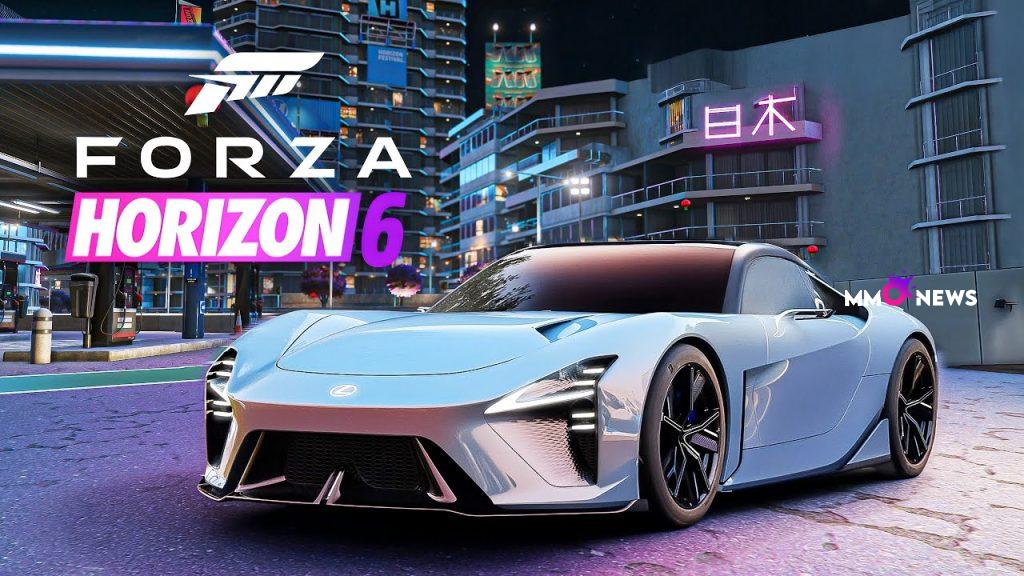Playground Games has officially pulled the sheet on Forza Horizon 6. The next Horizon Festival heads to Japan, launching first on Xbox Series X|S and PC in 2026, with PS5 to follow post launch. The reveal landed at the Xbox Tokyo Game Show 2025 broadcast, and the studio set the tone with a short teaser and a promise to bring the spirit of Japan into every layer of the game. The team also confirmed day one availability in Game Pass on console and PC. You can see the studio’s announcement on the official Forza site, which outlines platforms and the Japan destination in a tight reveal post. For details on how the team is building an authentic Japan, Xbox Wire published a developer Q and A that digs into art direction, city design, and seasonal systems. These two posts are the north star for what is confirmed so far.
- The reveal news and platforms are here on the official site: Forza.net
- A deeper look at the Japan approach is on Xbox Wire
What the game is about
Forza Horizon is open world driving with festival energy. Horizon 6 continues that formula with free roaming exploration, curated race routes, skill chains, photo ops, and a steady loop of car collecting and event chasing. The design goal is not pure simulation. It is approachable handling with depth for mastery, tuned to make street runs, mountain roads, and dirt sections all feel motivated by the world you are in. Japan gives that loop new texture: tight city grids, neon reflections after rain, sunrise mountain drifts, and country lanes that invite cruising as much as time trial sweating.
Setting and world design
Japan is the stage. Playground is not building a 1 to 1 map. Horizon worlds blend real places into a single, seamless Playground that captures the look and vibe of a country while serving great routes. The reveal material highlights Mount Fuji, city skylines, rural valleys, and coastal water. The intent is contrast. Traditional and modern live next to each other, so that a shrine sits down the street from an arcade and a tuning shop. The result is a map with different driving moods every few minutes, and the right balance of long sightlines for speed with dense pockets for technical driving.
Why Japan fits Horizon
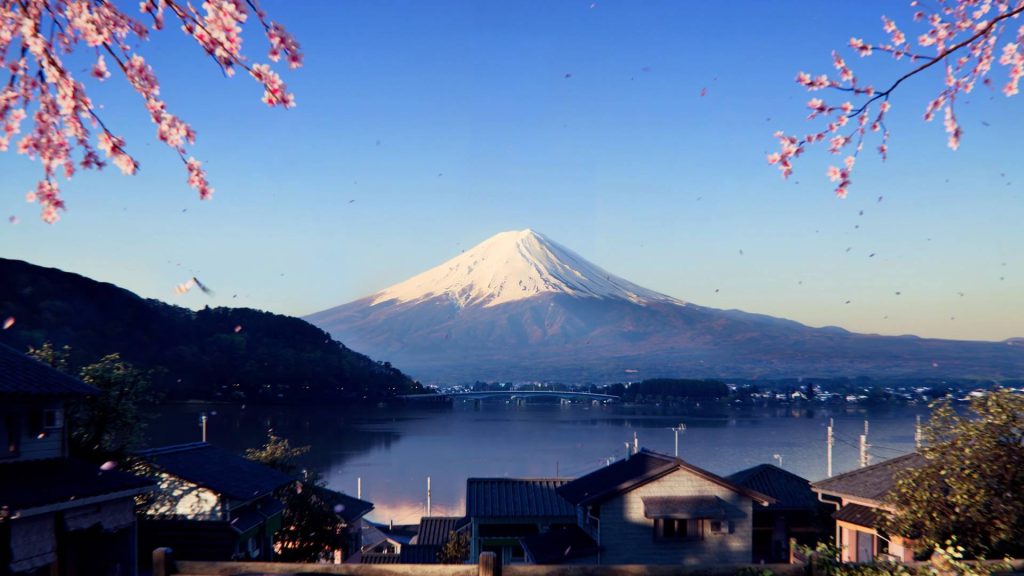
Horizon has always been about car culture meeting local culture. Japan brings decades of automotive history and a tuning scene that shaped the way people think about drift, touge, and city night runs. It also brings music, fashion, and festival traditions that fit the Horizon fantasy. The team called out a long standing player wish list for this destination, and the fact that technology and craft have matured to pull it off at the quality bar they want. The country offers dramatic seasons and terrain changes packed into tight geography, which is perfect for a single map that still feels huge.
New design beats and tech
Horizon 6 is not a total reinvention, but the announced systems point to meaningful upgrades.
Tokyo City elevated roads
Playground says Tokyo City is one of the most detailed and layered urban spaces it has ever built. Elevated roads are a marquee feature, with tech knowledge carried over from the FH5 Hot Wheels expansion to support multi level routes and vertical flow. That opens up new race shapes and freeride lines that simply did not exist in earlier entries.
Seasonal systems tuned to Japan
Seasons return, but the team stresses that they inform tone and feel, not just skybox swaps. Expect shifts in ambient sound, activity, and atmosphere as spring, summer, autumn, and winter roll through. Sakura season is an obvious showpiece. The promise is a world that reads different at a glance and plays different under the tires, without turning the whole map into a gimmick.
Activities and progression pillars
The Horizon Festival structure brings back a mix of race series, stunts, PR challenges, story style chapters, and collectible hunts. In Japan, those structures can anchor to location and subculture. Tight urban sprints emphasize momentum and precision. Mountain roads push grip management, weight transfer, and bravery. Dirt and mixed surface routes get new life in rural regions. The festival outposts act as progress anchors, with car rewards and unlocks pulling you into new parts of the map.
Cars and culture
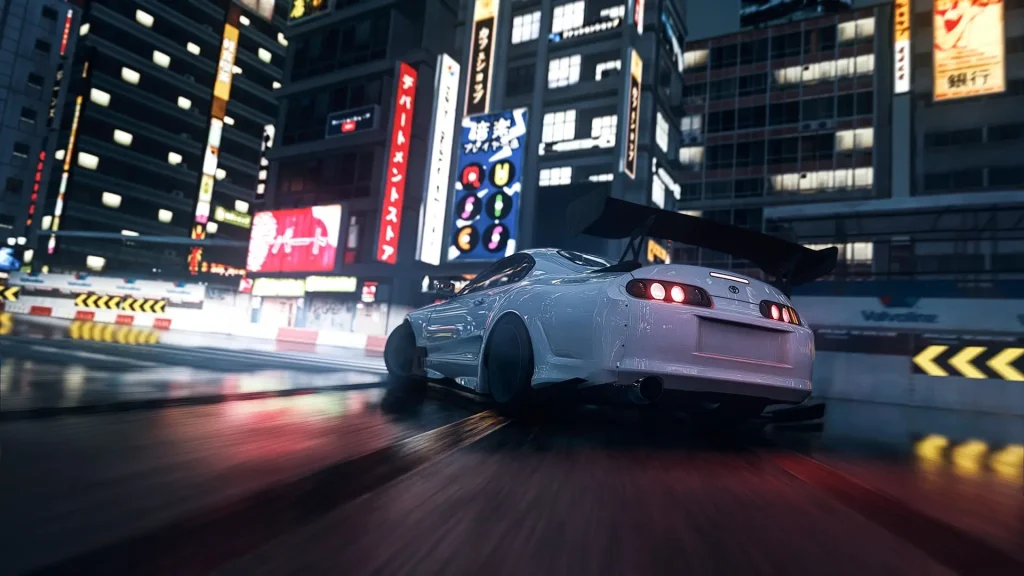
The team is not listing a roster yet, but the direction is clear. A broad garage returns, with Japanese icons sitting next to global classics and modern exotics. The cultural angle matters as much as the spec sheet. Kei cars, drifters, time attack builds, and tuner friendly platforms all make more sense than ever in this setting. Expect upgrade pathways and cosmetics that nod to local scenes alongside the usual Horizon catalog of body kits, paints, and rims.
Event presentation and audio
Playground’s cultural consultant calls out small sensory truths as a priority: station chimes, summer wind bells, and city noise that flows from block to block. That attention pays off in car audio and ambient sound. The series is known for punchy engine notes and surface detail. In a dense urban space with multi level roads, reflections and occlusion become part of the driving feel. Expect the soundtrack to lean into Japanese artists and festival friendly genres without losing the international flavor Horizon fans expect.
Handling feel and skill ceiling
Horizon aims for that sweet spot between accessible and expressive. In Japan, the car to road relationship will do more of the heavy lifting. City routes will lean on quick directional changes, lane choice, and rhythm. Mountain switchbacks with elevation demand throttle finesse and gear timing to keep cars in the window. Dirt and mixed surfaces emphasize reading grip on the fly. As always, assists can bring newcomers in, while manual, no assists driving lets veterans paint the tarmac.
Exploration rewards
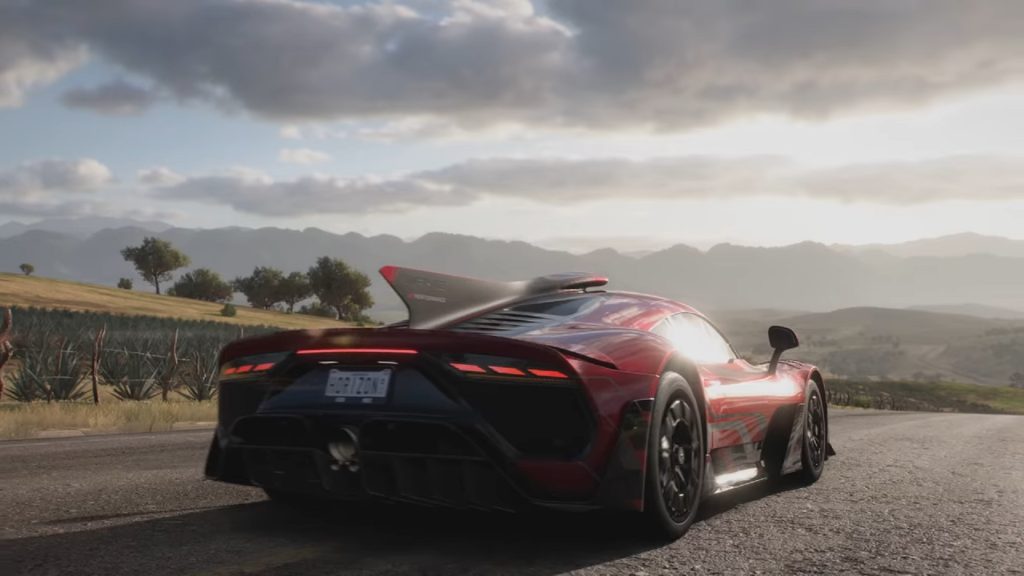
Horizon maps have always hidden vistas, bonus boards, and secrets down alleys and ridge lines. Japan adds the joy of finding a quiet shrine courtyard after a hard race, a photo friendly overlook above a port, or a backstreet shortcut that ties a route together. Seasonal shifts give repeatable reasons to revisit the same spot at different times of year, each with a slightly new composition for photo mode and a new rhythm under the tires.
Multiplayer shape
Co op and competitive options sit on top of the festival baseline. Convoys and ad hoc cruise nights carry over naturally in a map that encourages meetups. Street scene culture is a great fit for player organized meets, photo shoots, and impromptu races. Ranked lists and seasonal ladders will likely snap into the same cadence the series has refined, with fresh event lists as the world shifts.
Membership and monetization
Horizon 6 launches day one into Game Pass on console and PC, and supports wishlisting on Microsoft Store and Steam. The series uses a clean model built around the core game, optional expansions, and car packs. In the reveal, the team also notes a PS5 version arriving post launch, which broadens the audience without changing the first release cycle for Xbox and PC players. These details are confirmed on the official announcement post at Forza.net.
Platforms and launch window
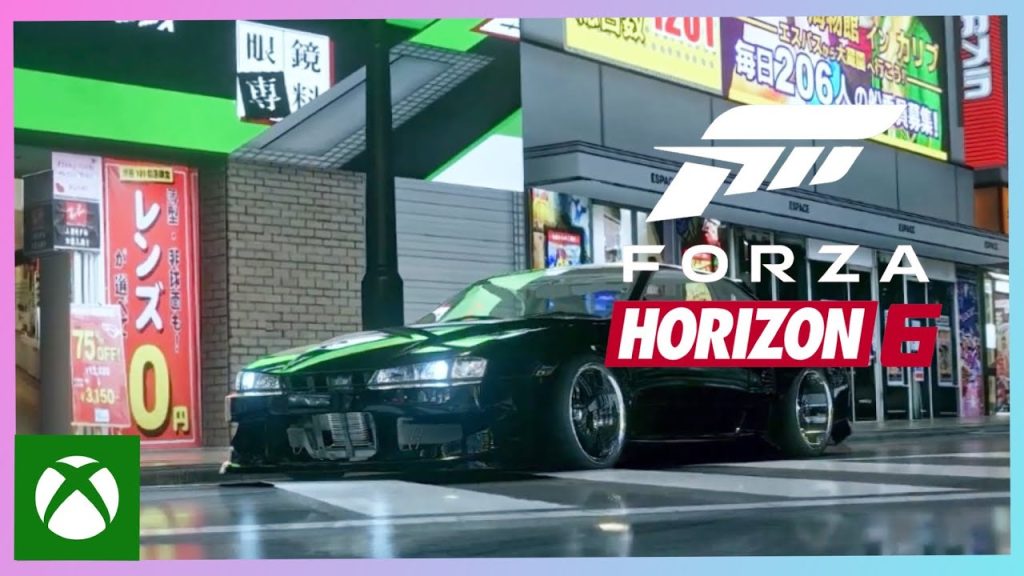
The studio has set a 2026 window, first on Xbox Series X|S and PC, with PS5 to follow later. The reveal emphasizes that more information will arrive in early 2026, with gameplay and deeper system breakdowns to come on official Forza channels. The Xbox Wire interview reinforces that plan and adds context for why the team chose Japan and how seasons and city design are evolving in this entry. You can read that developer conversation on Xbox Wire.
New player runway
Horizon remains friendly to newcomers. The festival structure teaches the map, the cars, and the systems in digestible steps. Expect a quick onramp to a competent garage, a telegraphed path to your first dream car, and generous fast travel unlocks as you play. Assists let you focus on the world and the routes before digging into manual driving and tuning. Photo mode, car collection goals, and laid back cruise sessions give non competitive players plenty to do between races.
Series identity and evolution
Forza Horizon 6 is not chasing a new genre. It sharpens what works. The map is built for contrast and density, the city is a highlight reel, and seasons do more to shape feel and sound. The cultural thread is stronger, thanks to embedded consultation and field research. Elevated roads add vertical spice to route design. All of this lands inside a production model that Horizon veterans know well: strong launch, then a steady drumbeat of playlists, cars, and events.
Why the reveal at TGS matters
Announcing in Tokyo is more than a marketing beat. It frames intent. The team is treating Japan as a living place, not a postcard. That requires care and detail that will show up in small decisions as much as headline features. It also brings the game to a global audience with roots in the culture it celebrates, which should keep feedback loops honest as Playground shows more through 2026.
Final take
Forza Horizon 6 heads to the most requested setting in series history, and the team is backing the choice with careful design. Tokyo City looks ambitious, seasonal systems are tuned to change tone as much as visuals, and the studio is leaning on field research and cultural consultation to make the world feel lived in. Launching in 2026 on Xbox Series X|S and PC, with PS5 after, Horizon 6 keeps the festival heart while giving drivers new lines to chase. If you love open world driving, this is the right kind of evolution.
